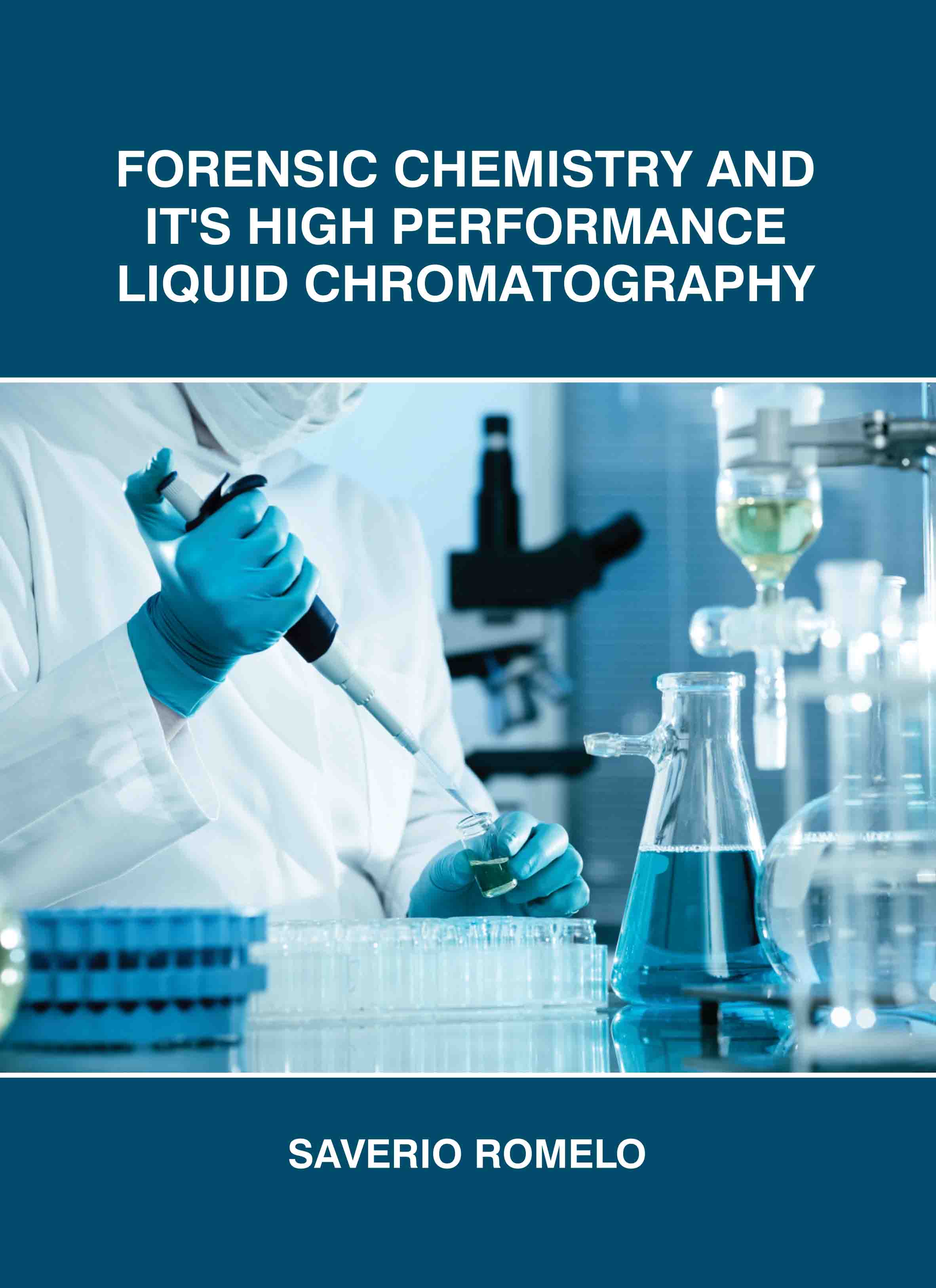
Forensic Chemistry and It's High Performance Liquid Chromatography
by Saverio Romelo
| ISBN | 9781835352939 |
|---|---|
| Publisher | EDTECH PRESS |
| Copyright Year | 2025 |
| Price | £155.00 |

by Saverio Romelo
| ISBN | 9781835352939 |
|---|---|
| Publisher | EDTECH PRESS |
| Copyright Year | 2025 |
| Price | £155.00 |
Since it outperforms traditional microbiological assays in terms of specificity, sensitivity, and analysis time, high performance liquid chromatography (HPLC) has been frequently utilised for the analysis of antibiotics. The HPLC conditions for the examination of several antibiotics are enumerated in this article. The benefit of HPLC is that it can analyse very small samples and identify minute levels of contaminants in those samples. The Drug Enforcement Administration (DEA) employs HPLC to find minute contaminants in drug samples. The characteristics of these contaminants in the drug samples can be matched to a particular manufacturing process. This information can be utilised to identify which drug gang generated a given sample of drugs because each cartel has a somewhat different manufacturing process and location. HPLC is a non-destructive method that allows for sample recovery if necessary. The method can be made more effective by automating the analysis as the sample typically does not need pre-treatment like chemical derivatization. Analytical textbooks and several monographs both cover the fundamentals and wide-ranging uses of HPLC. The main tasks in forensic toxicology are the identification and measurement of pesticides, other organic toxins, illegal and prescription medicines in human body fluids and tissue samples.